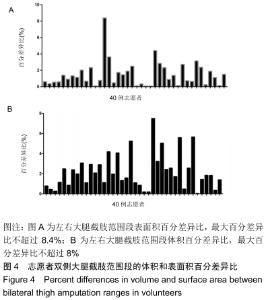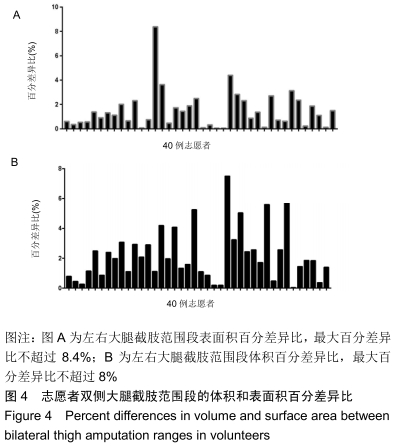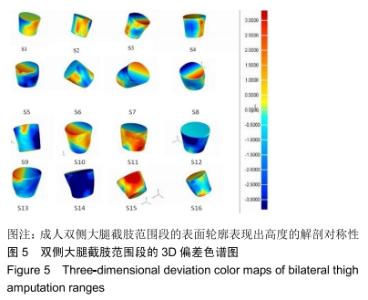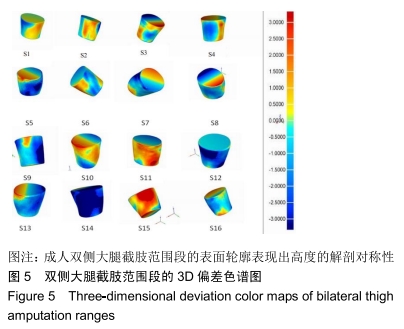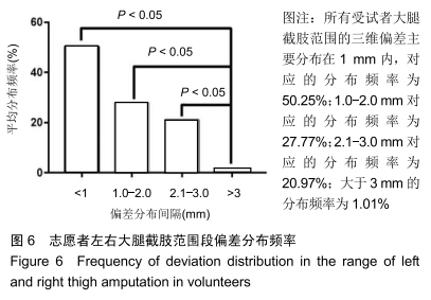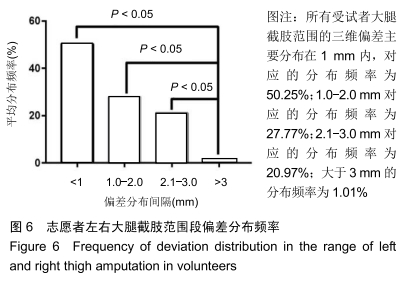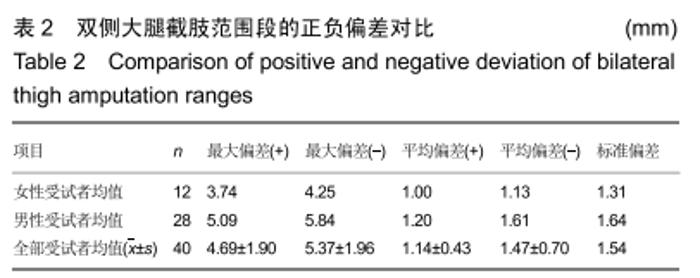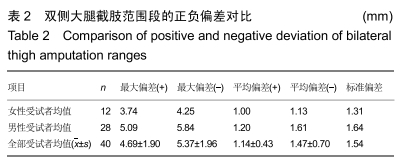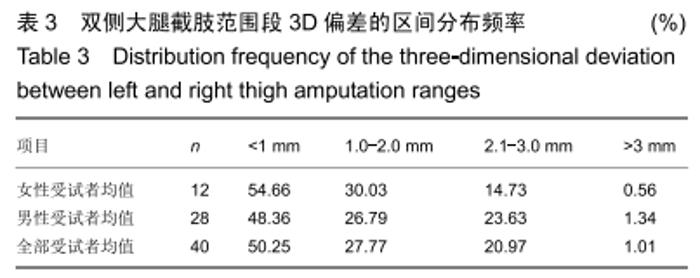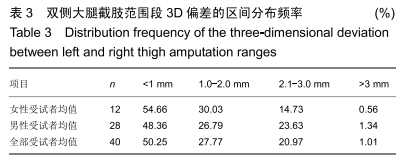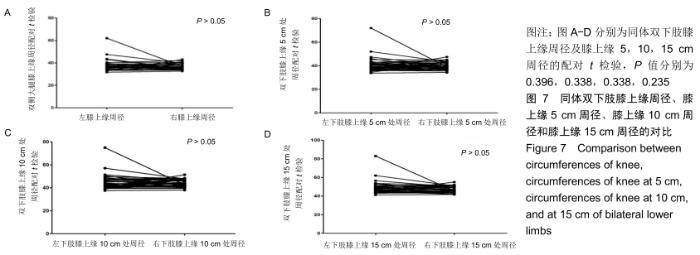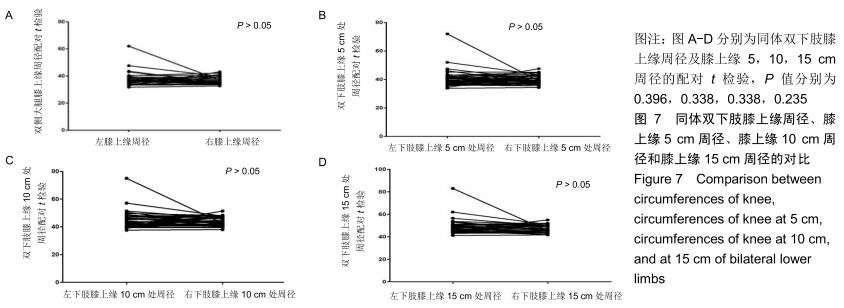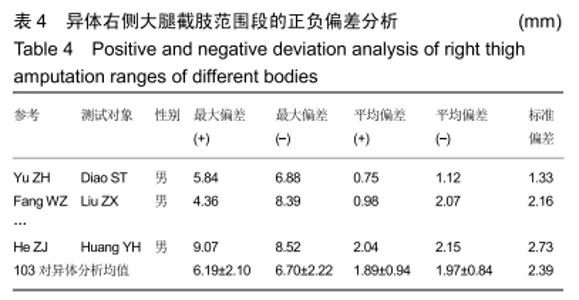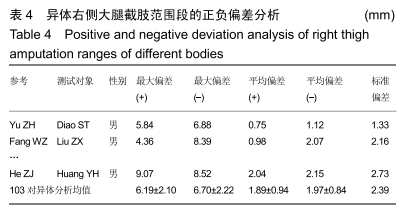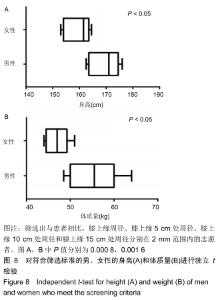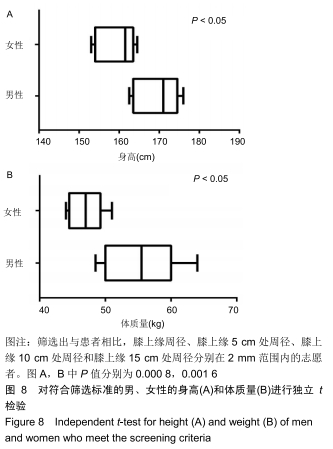[1] 杨立雄,李晞.中国残疾人辅助器具政策研究[J].残疾人研究,2018,8(1): 43-51.
[2] 张金明,赵悌尊.中国残疾人社区康复30年回顾与展望[J].中国康复理论与实践,2017,23(11):1357-1360.
[3] 李晞,吴小高.我国残疾人辅助器具服务工作的现状及展望[J].残疾人研究, 2016,6(3):43-47.
[4] DESROCHERS A, ST-JEAN G, ANDERSON DE. Limb amputation and prosthesis. Vet Clin North Am. 2014.
[5] 杜金广,束燕,肖红.假肢使用对下肢幻肢痛病人的影响[J].青岛大学医学院学报,2015,51(1):107-109.
[6] WEISS T, MILTNER WH, ADLER T, et al. Decrease in phantom limb pain associated with prosthesis-induced increased use of an amputatio stump in humans. Neurosci Lett. 1999;272(2):131-134.
[7] 肖晓鸿,李尚发,杨梅,等.假肢与矫形器技术[M]上海:复旦大学出版社, 2016: 38-43,51.
[8] BUDNY T, SCHULZE M, GOSHEGER G, et al. Amputationen am mittelful. Fuß Sprunggelenk. 2019.
[9] 周大伟,方新.假肢矫形行业计算机辅助设计软件修型功能探索[J].中国医疗器械信息,2018,24(5):32-33.
[10] 王磊,孙海钰.幻肢痛临床治疗新进展[J].中国民康医学,2018,30(4): 73-75+95.
[11] HORTER MJ, WIENERS E, WÜHR J, et al. Criteria for socket type prescription: indications and contraindications of a liner system. Z Orthop Unfall. 2013;151(1):66-73.
[12] JONES PRM, RIOUX M. Three-dimensional surface anthropometry: applications to the human body. Optics Lasers Engin.1997;28(2): 89-117.
[13] JAYARATNE YS, ZWAHLEN RA. Application of digital anthropometry for craniofacial assessment. Craniomaxillofac Trauma Reconstr. 2014; 7(2):101-107.
[14] 孔亮.小腿残肢/接受腔摩擦界面的三维建模及有限元分析[D].成都:西南交通大学,2014.
[15] 张宜,邓羽平,王勉,等.基于3D偏差分析的成人桡骨远端解剖对称性研究[J].中国临床解剖学杂志,2017,35(4):388-393.
[16] KOMEILI A, WESTOVER LM, PARENT EC, et al. Surface topography asymmetry maps categorizing external deformity in scoliosis. Spine J. 2014;14(6):973-983.
[17] 黄猛. 我国优秀男子20公里竞走运动员竞走技术特征的三维运动学研究[D].天津:天津体育学院,2019.
[18] 李亚楠,钱秀清,孙翠莲,等.大腿假肢支撑期有限元分析[J].北京生物医学工程,2018,37(2):116-121.
|


